Home>Interior Design>What Is The Most Tiring Color? This One Color Could Be Draining
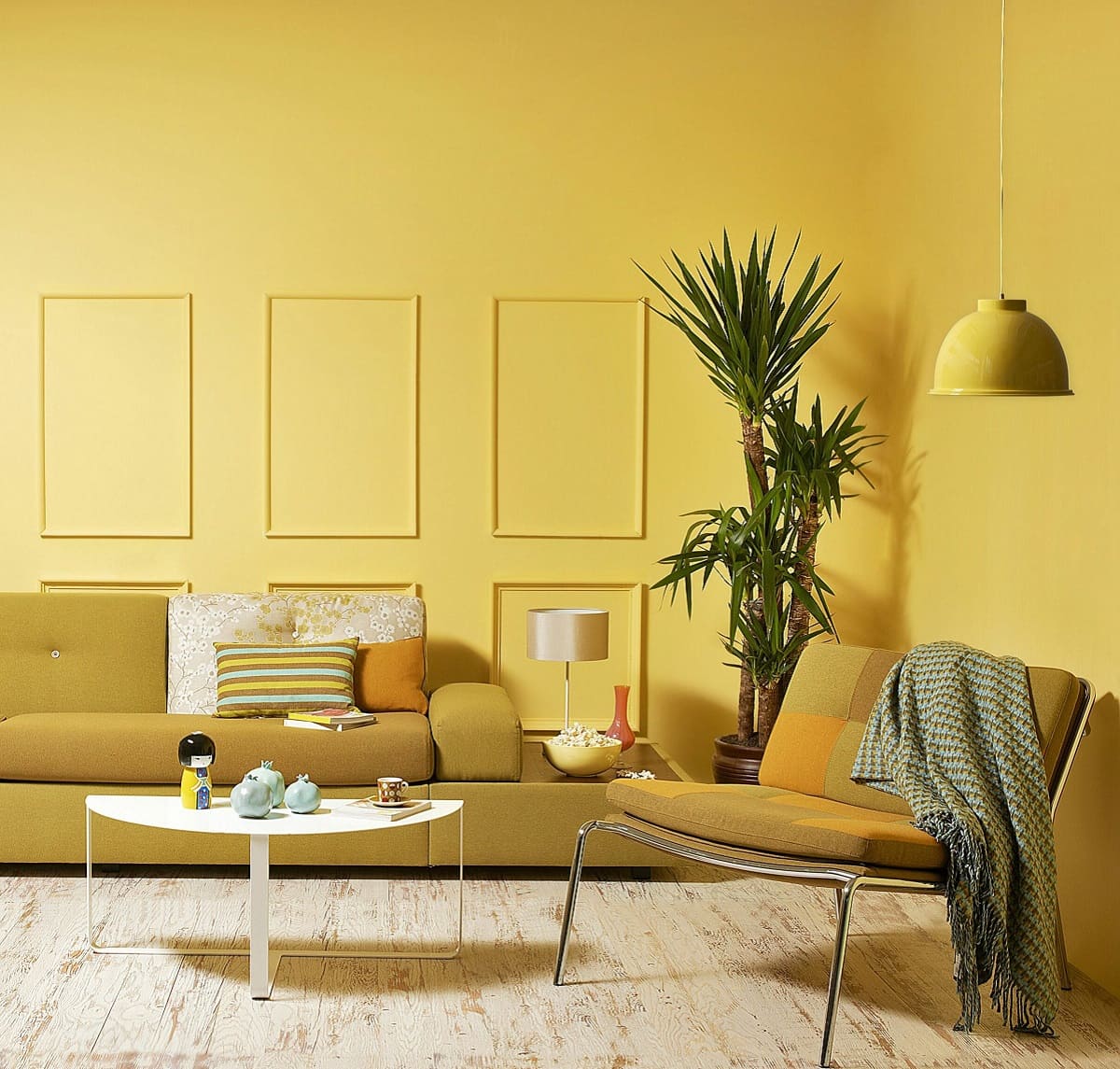

Interior Design
What Is The Most Tiring Color? This One Color Could Be Draining
Modified: January 5, 2024
Discover the most tiring color in interior design. This draining shade can leave you feeling exhausted. Explore the impact of colors on your energy levels.
(Many of the links in this article redirect to a specific reviewed product. Your purchase of these products through affiliate links helps to generate commission for Storables.com, at no extra cost. Learn more)
Introduction
Color plays a crucial role in our lives, impacting our emotions, perceptions, and even our energy levels. From the clothes we wear to the walls of our homes, color surrounds us daily and has the power to influence our moods and overall well-being. In the world of interior design, color choices can significantly impact the atmosphere of a space and the way it makes us feel. While some colors evoke feelings of calm and tranquility, others can have a more stimulating or draining effect.
In this article, we will explore the psychological impact of colors and delve into the idea of tiring colors. Specifically, we will examine the most tiring color and discuss its potential draining effects. Additionally, we will explore the ongoing debate surrounding other colors that have been deemed potentially tiring. Finally, we will provide some tips on how to manage the effects of tiring colors, allowing you to create a harmonious and energizing environment in your home or workspace.
Let’s dive into the fascinating world of color psychology and discover which color could potentially be draining!
Key Takeaways:
- The most tiring color in interior design is black, known for its draining psychological and physical effects. Moderation, balance, and consideration of individual preferences are key in managing its impact.
- The debate over tiring colors extends to blue and yellow, with each having potential draining effects. Understanding color perception factors and implementing strategic design techniques can help create a balanced and energizing environment.
The Psychological Impact of Colors
Colors have a profound impact on our psychology and can elicit various emotional and physiological responses. Different colors are often associated with specific moods, behaviors, and even physical sensations. Understanding the psychological impact of colors is essential when it comes to interior design, as it allows us to create spaces that evoke the desired atmosphere and support our well-being.
Here are a few examples of the psychological impact of some commonly used colors:
- Blue: Blue is often associated with calmness, serenity, and relaxation. It can help to reduce stress and promote a sense of tranquility, making it a popular choice for bedrooms and spaces where relaxation is desired.
- Yellow: Yellow is often associated with happiness, energy, and optimism. It can evoke feelings of warmth and positivity, making it a great choice for areas where social interaction and creativity are encouraged.
- Green: Green is often associated with nature, growth, and harmony. It has a balancing and soothing effect, promoting a sense of renewal and tranquility. Green is commonly used in spaces where a connection with nature is desired, such as living rooms and offices.
- Red: Red is often associated with passion, energy, and excitement. It can stimulate the senses and increase heart rate and blood pressure. Red is often used as an accent color to create a sense of warmth and drama in a space, but it should be used sparingly as it can be too stimulating if overused.
- Purple: Purple is often associated with luxury, creativity, and spirituality. It can create a sense of elegance and sophistication in a space. Purple is often used in bedrooms or meditation areas to promote relaxation and a sense of calm.
These are just a few examples, but it is important to note that the psychological impact of colors can vary based on personal preferences, cultural influences, and individual experiences. It’s essential to consider these factors when choosing colors for your space.
Now that we have a better understanding of how colors can influence our emotions and behaviors, let’s explore how colors can affect our energy levels.
How Colors Affect Energy Levels
Colors have the ability to stimulate or relax our senses, which in turn can impact our energy levels. Certain colors have been found to have more energizing or tiring effects on individuals, influencing their overall productivity and well-being. Understanding how colors affect energy levels can help in creating spaces that promote the desired level of activity and engagement.
Here are a few examples of how colors can affect energy levels:
- Warm Colors: Colors such as red, orange, and yellow are considered warm colors. These colors are typically associated with high energy levels and can be quite stimulating. They can create a sense of excitement and increase alertness. Warm colors are often used in areas where activity and social interaction are encouraged, such as kitchens, dining rooms, and playrooms.
- Cool Colors: Colors such as blue, green, and purple are considered cool colors. These colors have a more calming and soothing effect on our energy levels. They can promote relaxation, focus, and concentration. Cool colors are commonly used in spaces where a tranquil and serene atmosphere is desired, such as bedrooms, offices, and meditation rooms.
- Neutral Colors: Neutral colors, such as white, gray, and beige, have a more balancing effect on energy levels. They can create a sense of calmness and stability in a space. Neutral colors are often used as a base in interior design, allowing other elements and colors to stand out and have a greater impact.
It’s important to note that individual preferences also play a crucial role in how colors affect energy levels. Some people may find warm colors energizing and inspiring, while others may find them overwhelming. Similarly, some individuals may find cool colors refreshing and calming, while others may find them too cold and detached. It’s essential to consider personal preferences and the specific needs of a space when choosing colors.
While colors can have a significant impact on energy levels, it’s important to remember that other factors, such as lighting, furniture arrangement, and personal habits, also contribute to the overall energy of a space. Creating a balanced and harmonious environment involves considering all these elements together.
Now, let’s explore the color that is often considered the most tiring and draining.
The Most Tiring Color: Black
When it comes to discussing the most tiring color, black often takes the spotlight. Black is a color often associated with darkness, mystery, and sophistication. While it can add drama and elegance to a space, it can also have a draining effect on our energy levels, both psychologically and physically.
Psychologically, black can create a sense of heaviness and gloominess. It absorbs light rather than reflecting it, which can make a space feel smaller and more enclosed. This lack of light and openness can contribute to feelings of fatigue and claustrophobia, especially when black is used extensively or in poorly lit areas. Additionally, black can evoke feelings of sadness or mourning, which can contribute to a sense of emotional fatigue.
Physically, black tends to absorb heat, making a space feel warmer, especially in rooms that receive direct sunlight. This increase in temperature can lead to a feeling of physical fatigue and discomfort, particularly in areas where air circulation is limited.
It’s important to note that the tiring effects of black can vary depending on its use and the overall design of a space. When used in small doses or paired with contrasting colors, black can create a sense of depth and visual interest without being overly draining. Additionally, incorporating proper lighting and ventilation can help alleviate some of the fatigue-inducing aspects of black.
However, it’s generally recommended to use black sparingly in interior design, especially in rooms where you spend a significant amount of time or require a high level of energy, such as home offices or living rooms. Instead, consider incorporating black as an accent color or using it in combination with lighter shades to create contrast and balance.
While black is often considered the most tiring color, it’s important to remember that individual perceptions and preferences can play a role. Some individuals may find black empowering or comforting, while others may find it draining. It’s essential to consider personal preferences and the specific needs of a space when using black in interior design.
Now, let’s explore the ongoing debate surrounding other colors that are considered potentially tiring.
The color that is often considered the most tiring is bright, intense red. It can overstimulate the eyes and lead to fatigue. Consider using softer, cooler colors in spaces where relaxation is important.
The Debate over the Most Tiring Color: Blue vs. Yellow
While black is often discussed as a tiring color, the debate over the most tiring color extends beyond just black. Two colors that frequently come up in this debate are blue and yellow. Supporters on both sides argue that each color can have a draining effect, albeit for different reasons.
Blue is a color often associated with calmness and serenity, but some argue that it can also have a tiring effect. The coolness of blue can create a sense of detachment and introspection, which can sometimes lead to feelings of sadness or melancholy. Additionally, some people find that the abundance of blue in a space can create a cold and unwelcoming atmosphere, resulting in a draining effect on their energy levels.
On the other hand, yellow is a color associated with energy, happiness, and optimism. However, some argue that the intensity of yellow can be overwhelming and lead to mental fatigue. The brightness of yellow can cause eye strain, especially when used in large amounts or in spaces with excessive lighting. This eye strain can contribute to feelings of exhaustion and irritability.
It’s important to note that the tiring effects of blue and yellow can vary based on personal preferences and the specific hues and shades used. Lighter shades of blue and softer tones of yellow are generally perceived as less tiring and more calming, while darker shades of blue and vibrant yellow can have a more stimulating and potentially draining effect.
To determine which color, blue or yellow, is more tiring, it’s crucial to consider individual responses and the context in which these colors are used. Factors such as lighting, complementary colors, and personal associations can all influence the overall impact of these colors on energy levels.
Ultimately, it’s essential to strike a balance when incorporating blue or yellow into interior design. Using these colors in moderation, as accents or alongside other calming or energizing colors, can help prevent excessive fatigue and create a harmonious visual balance.
Now that we’ve explored the debate surrounding the most tiring color, let’s consider some of the factors that influence color perception and its impact on energy levels.
Read more: What Is The Most Popular Toothbrush Color?
Factors Influencing Color Perception
Color perception can be influenced by various factors, which can ultimately impact the way colors are experienced and their effects on energy levels. These factors go beyond the intrinsic properties of color and involve individual, environmental, and contextual elements. Understanding these factors can help create a more nuanced understanding of color perception and its influence on our well-being.
Here are some key factors that influence color perception:
- Cultural Influences: Different cultures have different associations and interpretations of color. For example, in Western cultures, white is often associated with purity and innocence, while in some Eastern cultures, it symbolizes mourning. Understanding cultural perceptions of color is important when designing spaces for diverse populations, as it can impact the emotional and physiological responses to different colors.
- Personal Associations: Our personal experiences and memories are deeply connected to how we perceive and interpret colors. Certain colors may evoke positive or negative emotions based on individual experiences. For example, someone who had a negative experience involving the color red may have an aversion to it, while someone who associates blue with calmness and relaxation may find it energizing.
- Lighting: The quality and intensity of lighting in a space can significantly influence color perception. Different lighting conditions, such as natural daylight, warm incandescent light, or cool fluorescent light, can alter the appearance and vibrancy of colors. Proper lighting design should be considered to ensure colors are accurately represented and to create the desired ambiance.
- Surrounding Colors: The colors that surround a particular color can influence how it is perceived. Colors can visually interact with one another, creating contrast, harmony, or discord. The combination of colors in a space can affect the intensity and impact of each color, ultimately influencing energy levels and emotional responses.
- Individual Preferences: Each individual has unique preferences when it comes to colors. These preferences are shaped by personal taste, personality traits, and individual sensitivities. Some people may find vibrant and stimulating colors invigorating, while others may prefer softer and more calming tones.
By considering these factors, we can better understand the complexities of color perception and how it can influence our energy levels. It’s crucial to take a holistic approach to color selection in interior design, considering not only the aesthetic appeal but also the psychological and physiological effects that different colors may have on individuals.
Now, let’s explore some tips for managing the effects of tiring colors to create a more balanced and energizing environment.
Tips for Managing the Effects of Tiring Colors
While certain colors may have a more tiring effect than others, there are ways to manage and mitigate their impact in your space. By employing strategic design techniques and incorporating supportive elements, you can create a balanced and energizing environment. Here are some tips to help manage the effects of tiring colors:
- Use Colors in Moderation: When working with potentially tiring colors like black, blue, or yellow, consider using them in moderation. Instead of painting entire walls in these colors, opt for accent pieces or smaller touches. This allows you to incorporate the color without overwhelming the space.
- Balance with Neutral Colors: Pair tiring colors with neutral shades like white, beige, or gray to create a sense of balance. Neutral colors can help to soften the impact of tiring colors and create a more harmonious overall look.
- Create Contrast: Incorporate contrasting colors to break up the monotony of tiring colors. For example, if you have a predominantly blue room, consider adding pops of complementary warm colors like orange or red to create visual interest and balance.
- Consider Lighting: Good lighting can significantly impact the perception of color. Ensure your space is well-lit with a mix of natural and artificial lighting sources. Experiment with different light temperatures to find the right balance that complements the colors in your space.
- Introduce Texture and Pattern: Incorporate elements of texture and pattern in your space to distract from the potential tiring effects of certain colors. Adding texture through fabrics, rugs, or textured wall coverings can create visual interest and make the space feel more dynamic.
- Personalize with Accessories: Use accessories like artwork, cushions, and curtains to introduce your preferred colors into the space. This allows you to incorporate colors that energize and inspire you without overwhelming the overall design.
- Consider Individual Preferences: Remember that individual preferences play a significant role in color perception. Pay attention to how the colors in your space make you feel and adapt accordingly. If a particular color is draining for you personally, consider finding alternatives or incorporating it in smaller doses.
By implementing these tips, you can successfully manage the effects of tiring colors and create a space that feels energizing and balanced. Remember, the goal is to create an environment that supports your well-being and reflects your personal style and preferences.
With these strategies in mind, you can design a space that not only looks aesthetically pleasing but also promotes positivity, productivity, and a sense of well-being.
Now, let’s summarize the key points we discussed in this article.
Conclusion
Color is a powerful tool in interior design, capable of influencing our emotions, perceptions, and energy levels. While there is no definitive answer to the question of the most tiring color, it’s important to consider individual responses, cultural influences, and the specific context in which colors are used.
Black, often associated with sophistication, can have a draining effect on our energy levels due to its ability to create a sense of heaviness and absorbed heat. However, the debate over the most tiring color extends to blue and yellow as well. Blue can evoke a sense of detachment and introspection, while yellow’s intensity can lead to mental fatigue.
Factors such as cultural influences, personal associations, lighting, surrounding colors, and individual preferences all play a role in color perception and its impact on energy levels. By understanding these factors and implementing some key strategies, it’s possible to manage the effects of tiring colors and create a balanced and energizing space.
Using tiring colors in moderation, balancing them with neutral shades, creating contrast, considering lighting, introducing texture and patterns, personalizing with accessories, and being attuned to individual preferences are all effective ways to create a harmonious environment.
Ultimately, the goal of interior design is to create a space that not only looks visually appealing but also supports our well-being and enhances our everyday experiences. By harnessing the power of colors, we can create environments that inspire, rejuvenate, and uplift us.
So, take a moment to reflect on the colors present in your space and how they make you feel. Consider incorporating some of the tips mentioned in this article to create a space that energizes, motivates, and reflects your unique personality.
Remember, color is a form of self-expression and has the power to transform our surroundings, positively impacting our mood and overall well-being.
Frequently Asked Questions about What Is The Most Tiring Color? This One Color Could Be Draining
Was this page helpful?
At Storables.com, we guarantee accurate and reliable information. Our content, validated by Expert Board Contributors, is crafted following stringent Editorial Policies. We're committed to providing you with well-researched, expert-backed insights for all your informational needs.
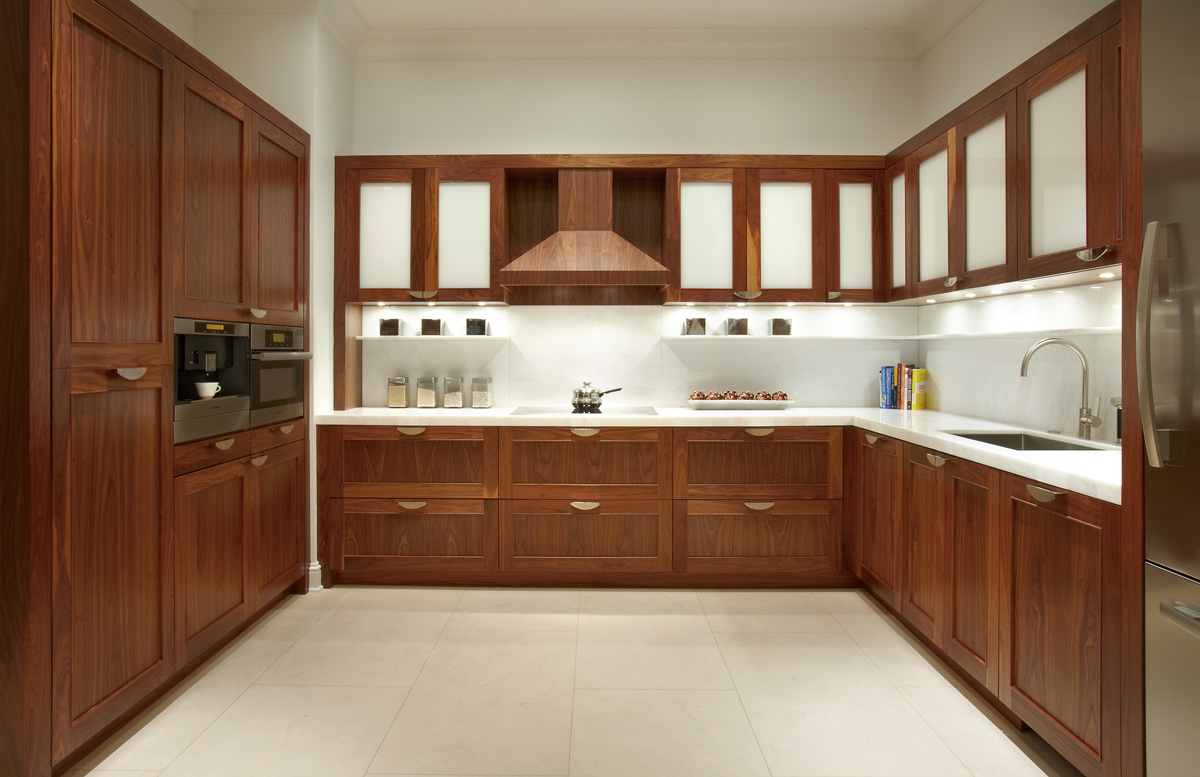
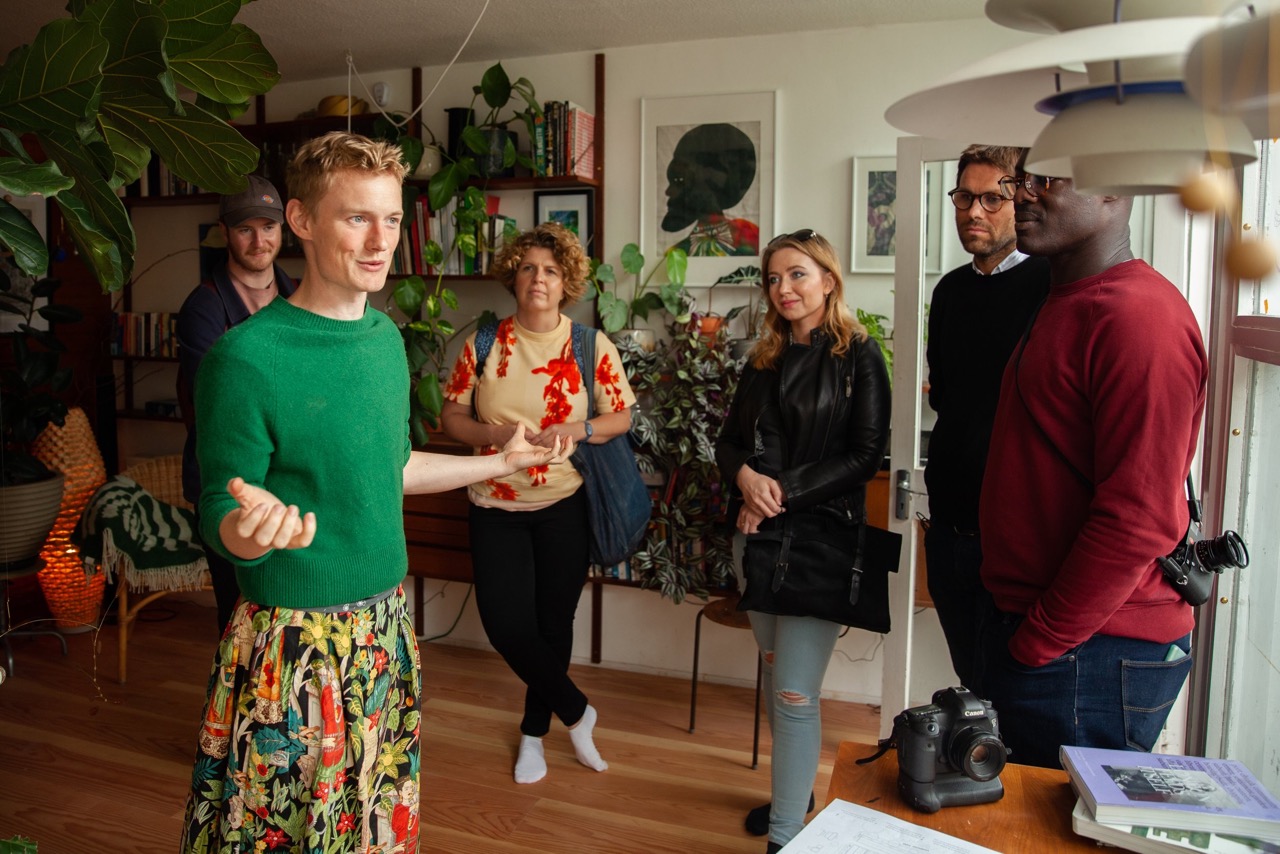
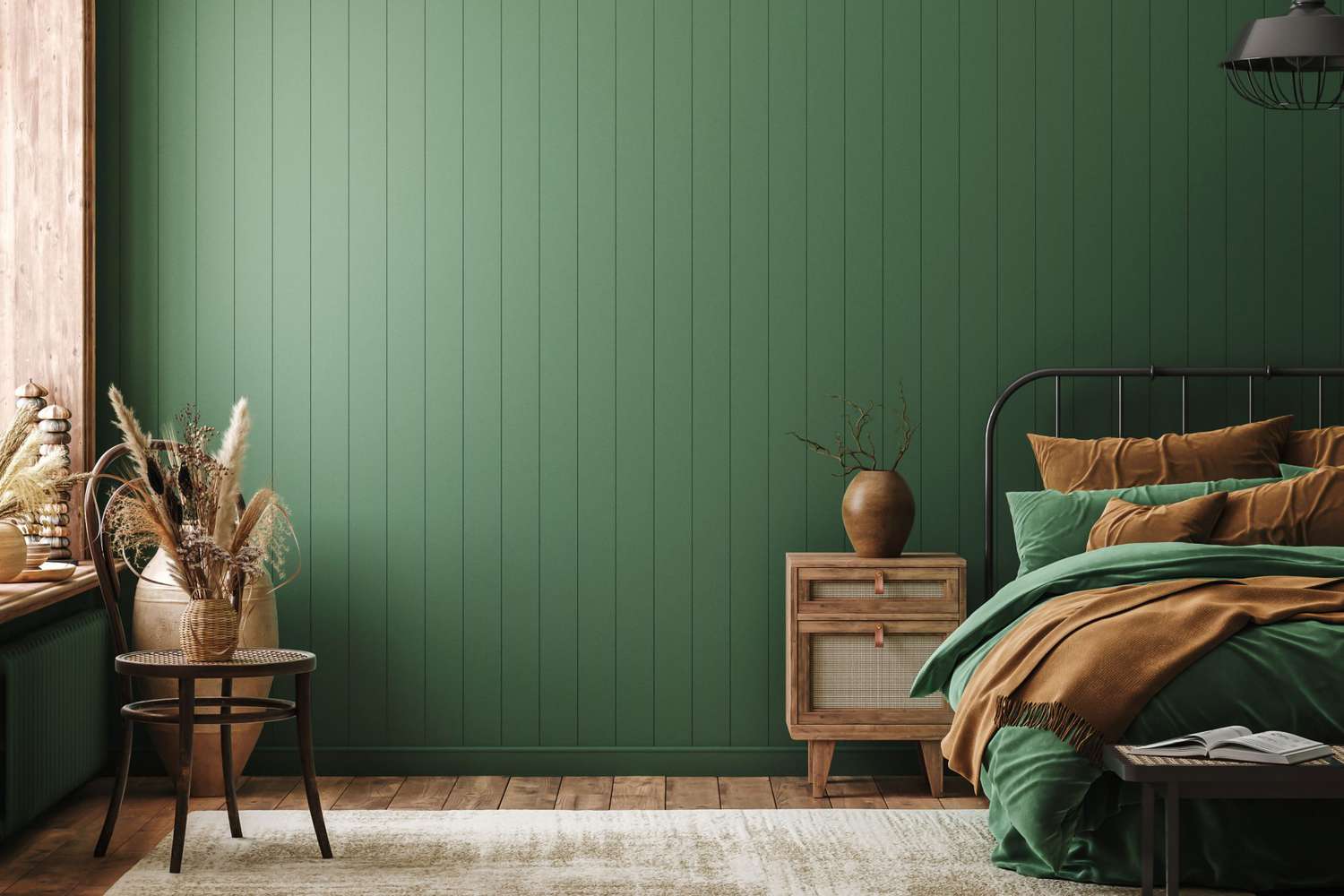
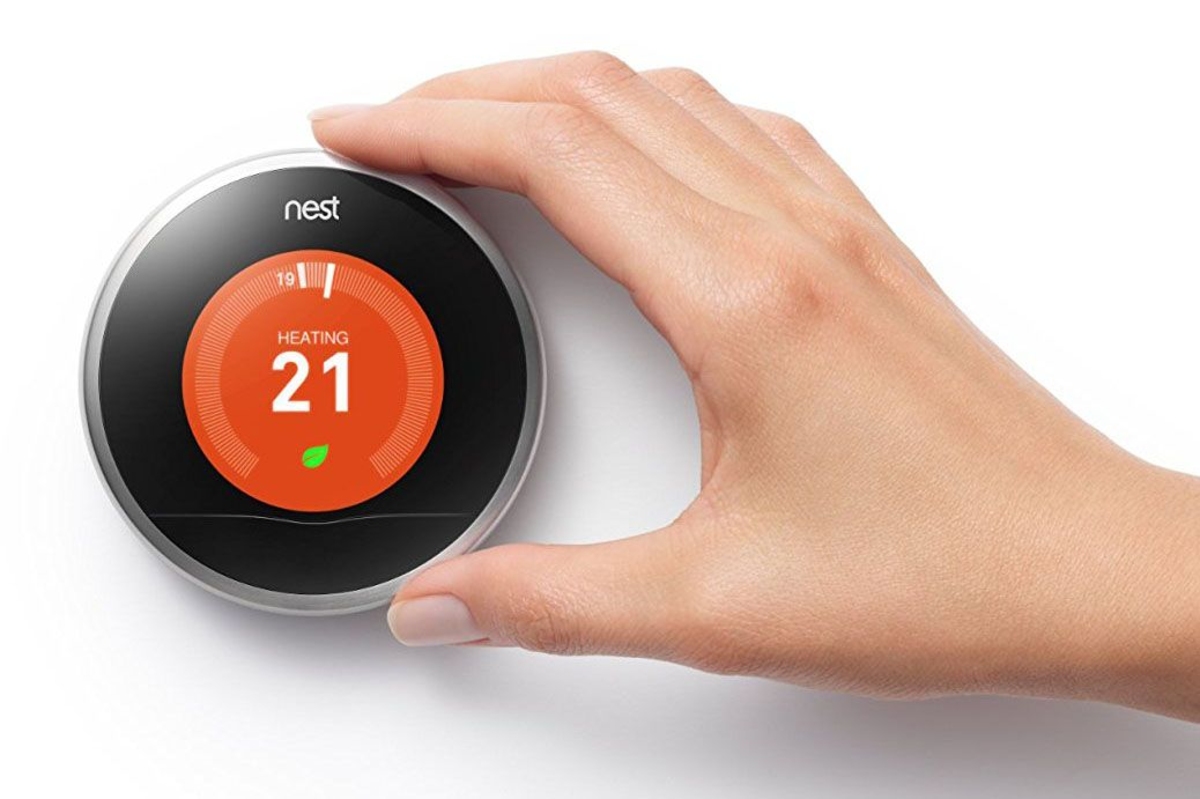
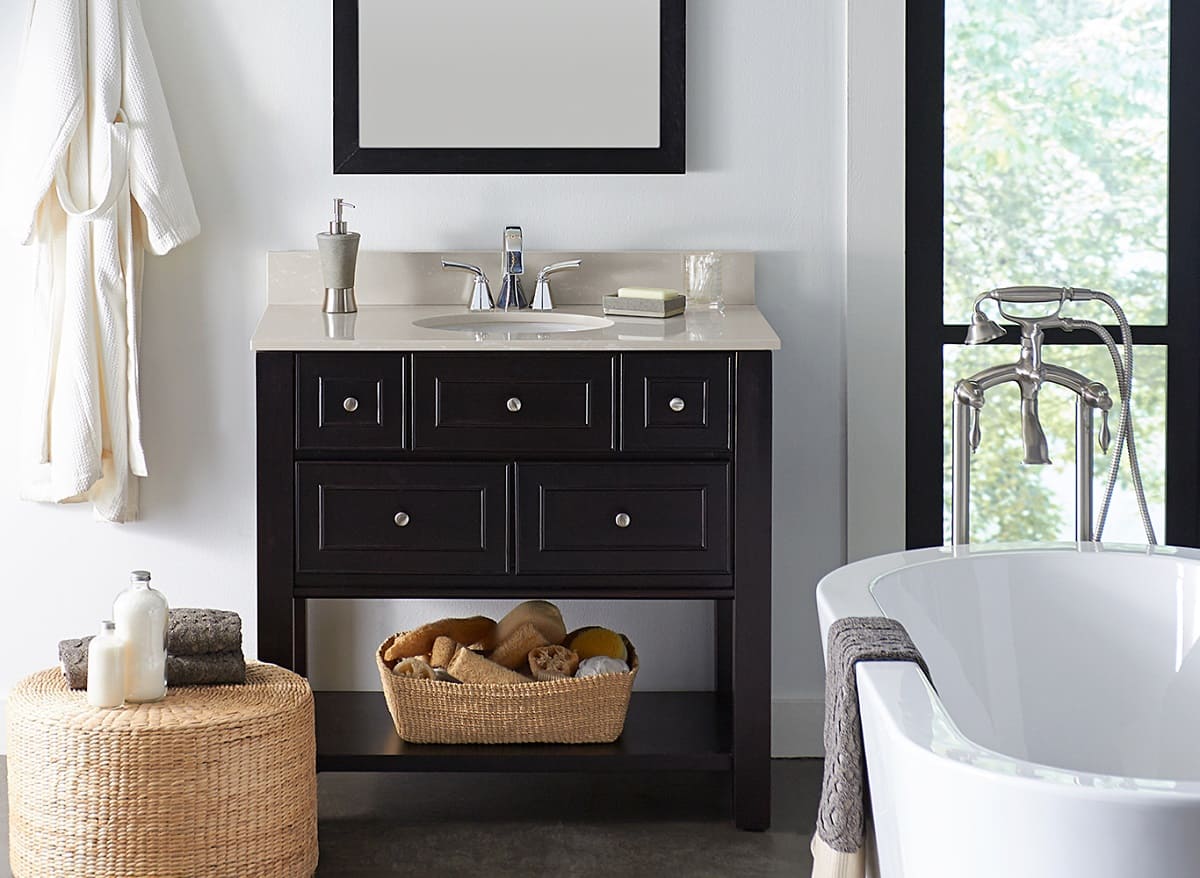
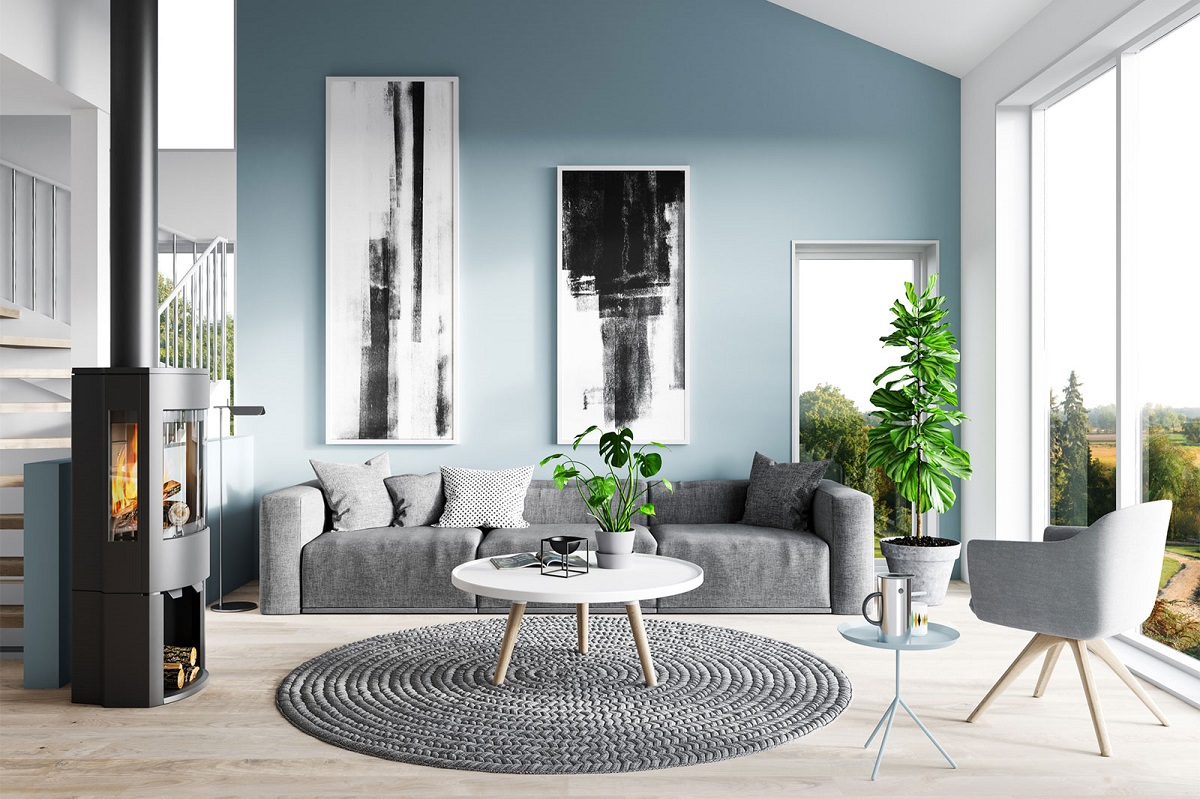
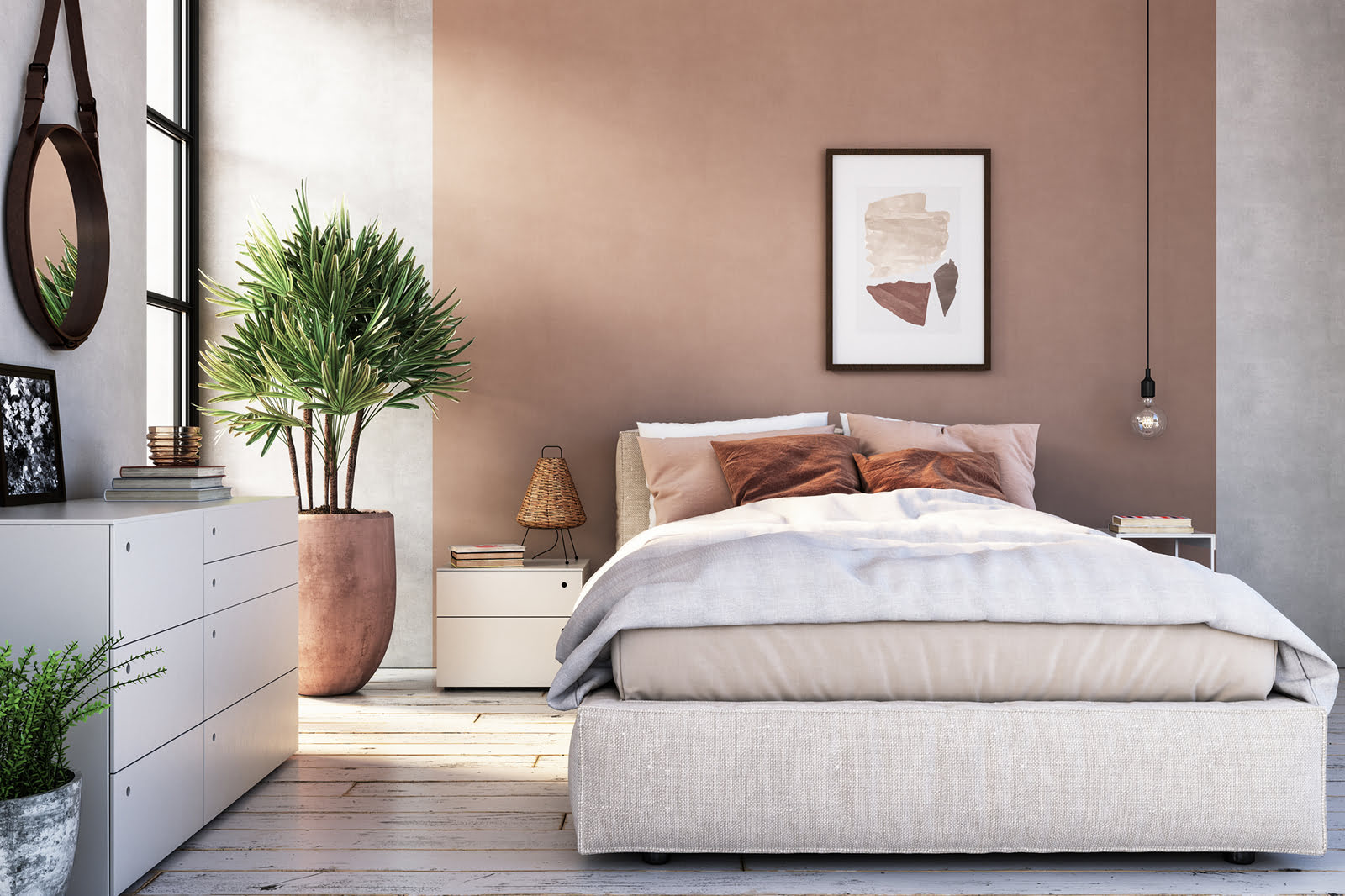
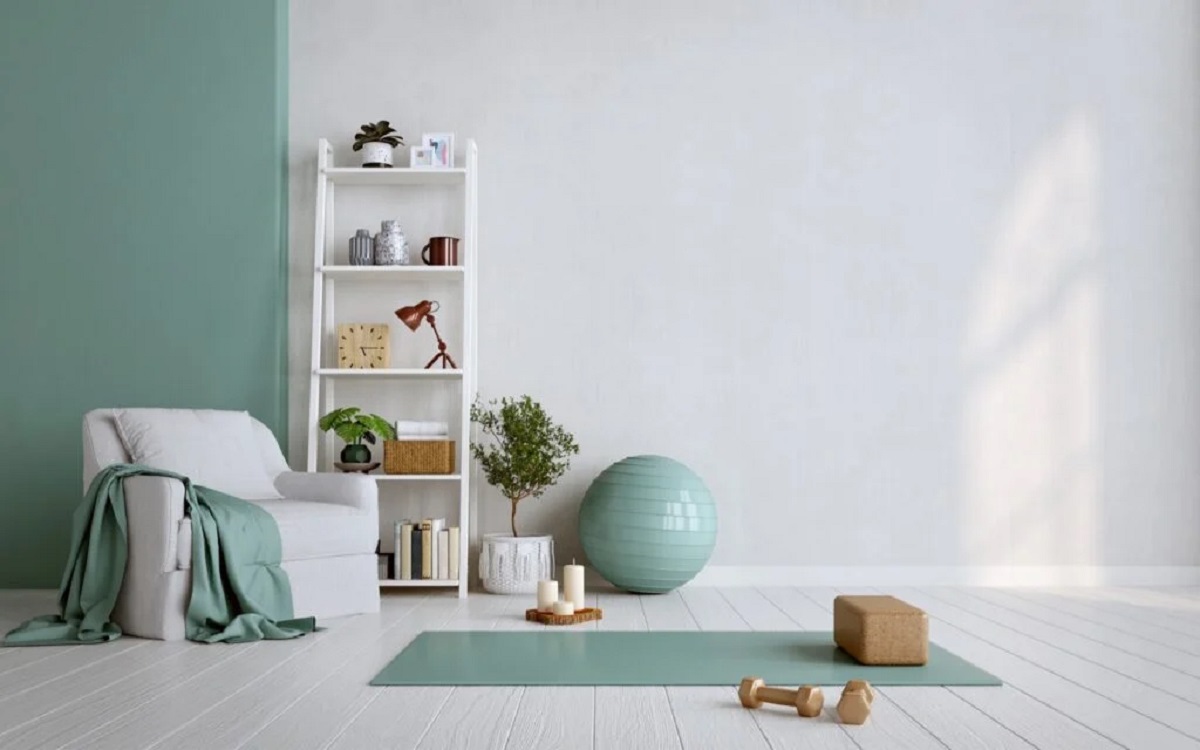
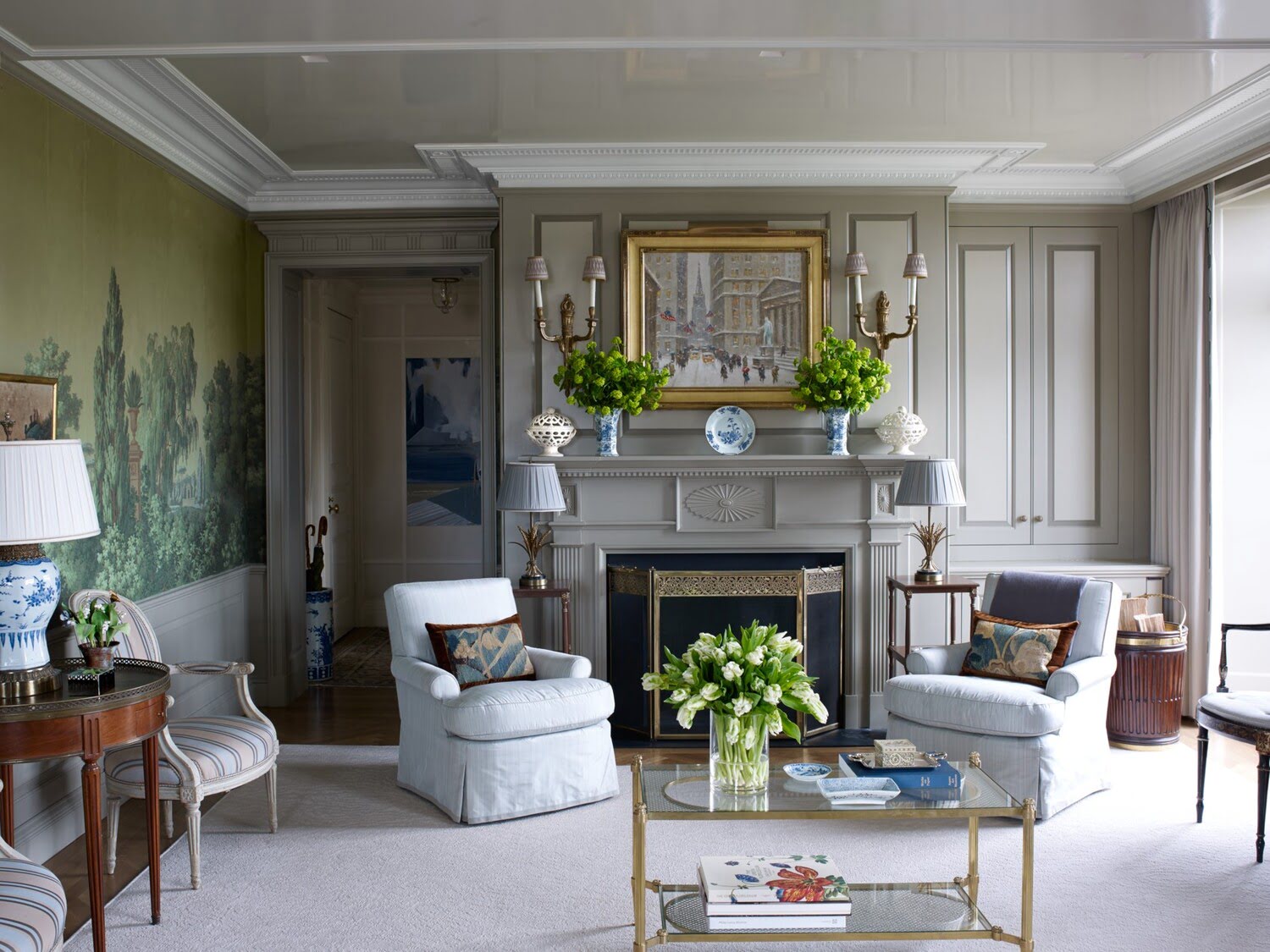

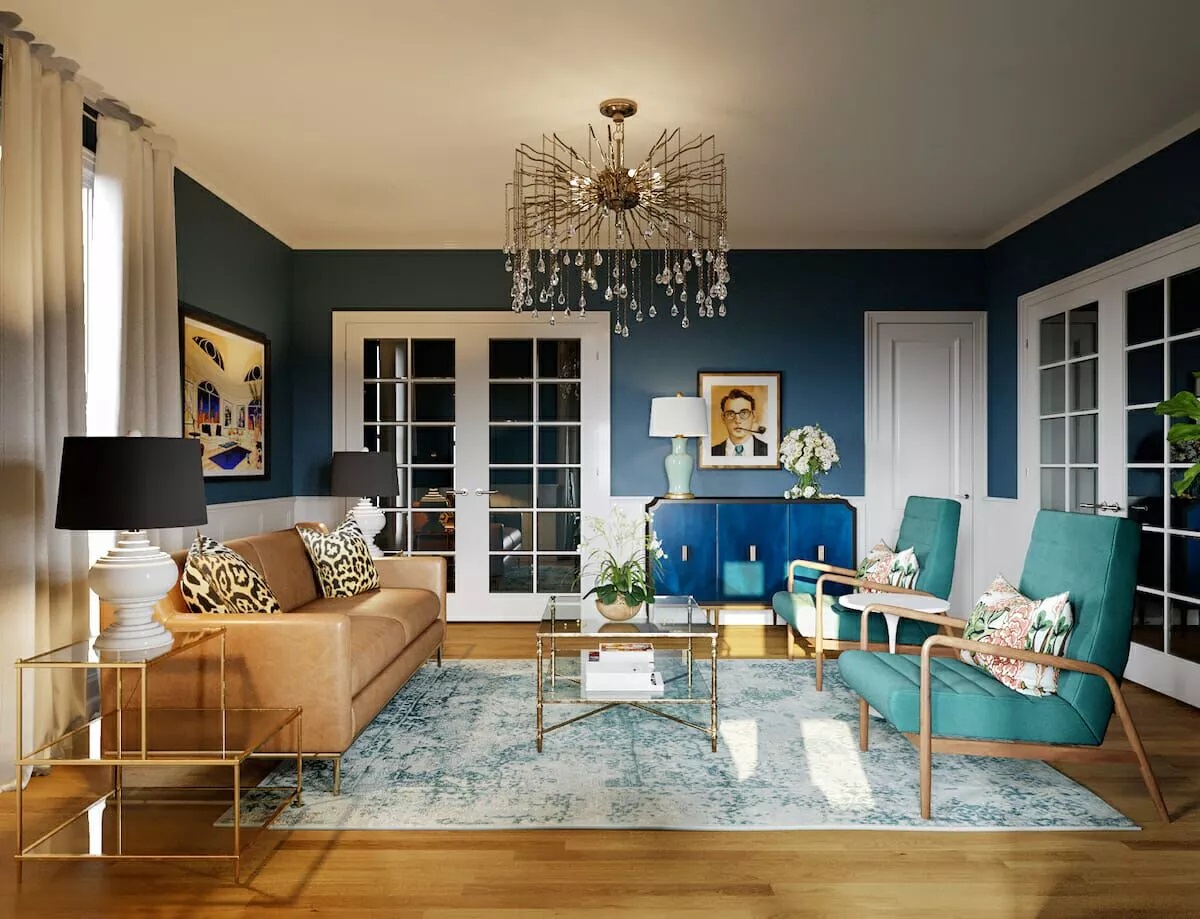
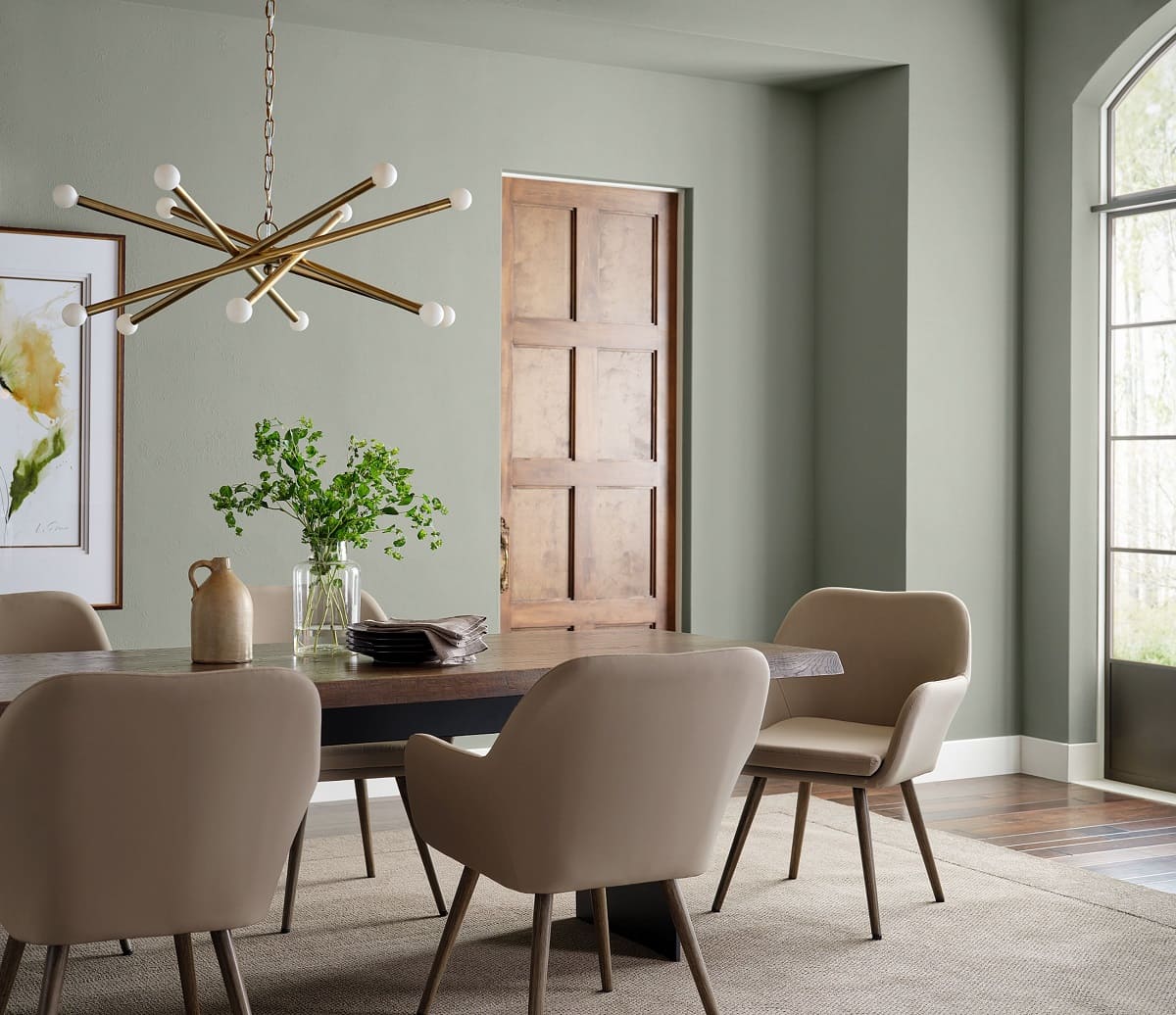
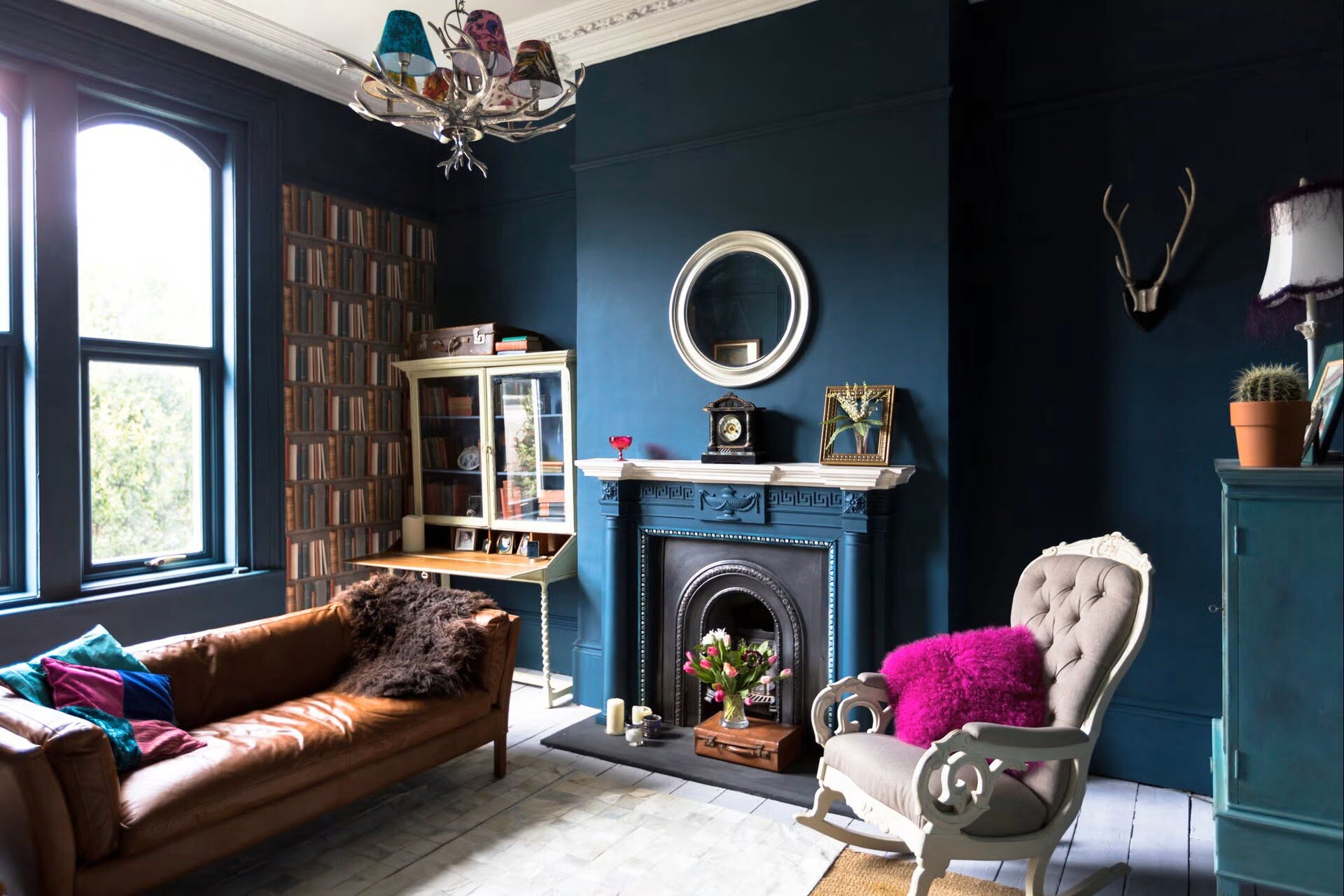


0 thoughts on “What Is The Most Tiring Color? This One Color Could Be Draining”